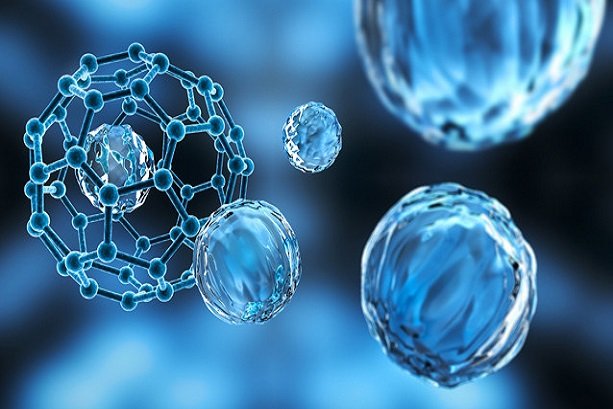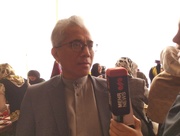According to Iran Nanotechnology Initiative Council (INIC), the engineered nanoparticles have applications in water purification by using sunlight, production of gas sensors and production of high-efficient solar cells.
The main disadvantage of photocatalytic nanoparticles is their low efficiency in the presence of sunlight. Numerous methods have been suggested in recent years to improve performance of nanoparticles, and valuable experiences have been obtained. However, researchers still work on improving the efficiency of these particles.
Titanium dioxide has more applications in comparison with other photocatalysts due to its low price, simple production method and high stability; however, it can only absorb ultraviolet light and it puts a limitation on the practical application of this photocatalyst. Therefore, this study tried to increase efficiency of these nanoparticles by creating a nanocomposite structure.
The rate of photocatalytic reactions increases by carrying out optimization process on nanoparticles. These nanoparticles will not require UV light because they absorb visible light, and the final cost of the process decreases. This method also reduces environmental pollution due to the release of nanoparticles in the environment.
Titanium dioxide nanotubes have been used in this research instead of spherical nanoparticles to increase the ratio of area to volume to improve the efficiency of photocatalytic process. Photocatalytic performance of titanium dioxide nanotubes has been optimized by creating a nanocomposite structure made of tungsten trioxide and by doping palladium nanoparticles on composite nanophotocatalyst.
Results of the research have been published in Ceramics International, vol. 42, 2016, pp. 11209-11216.
MS/PR

























Your Comment